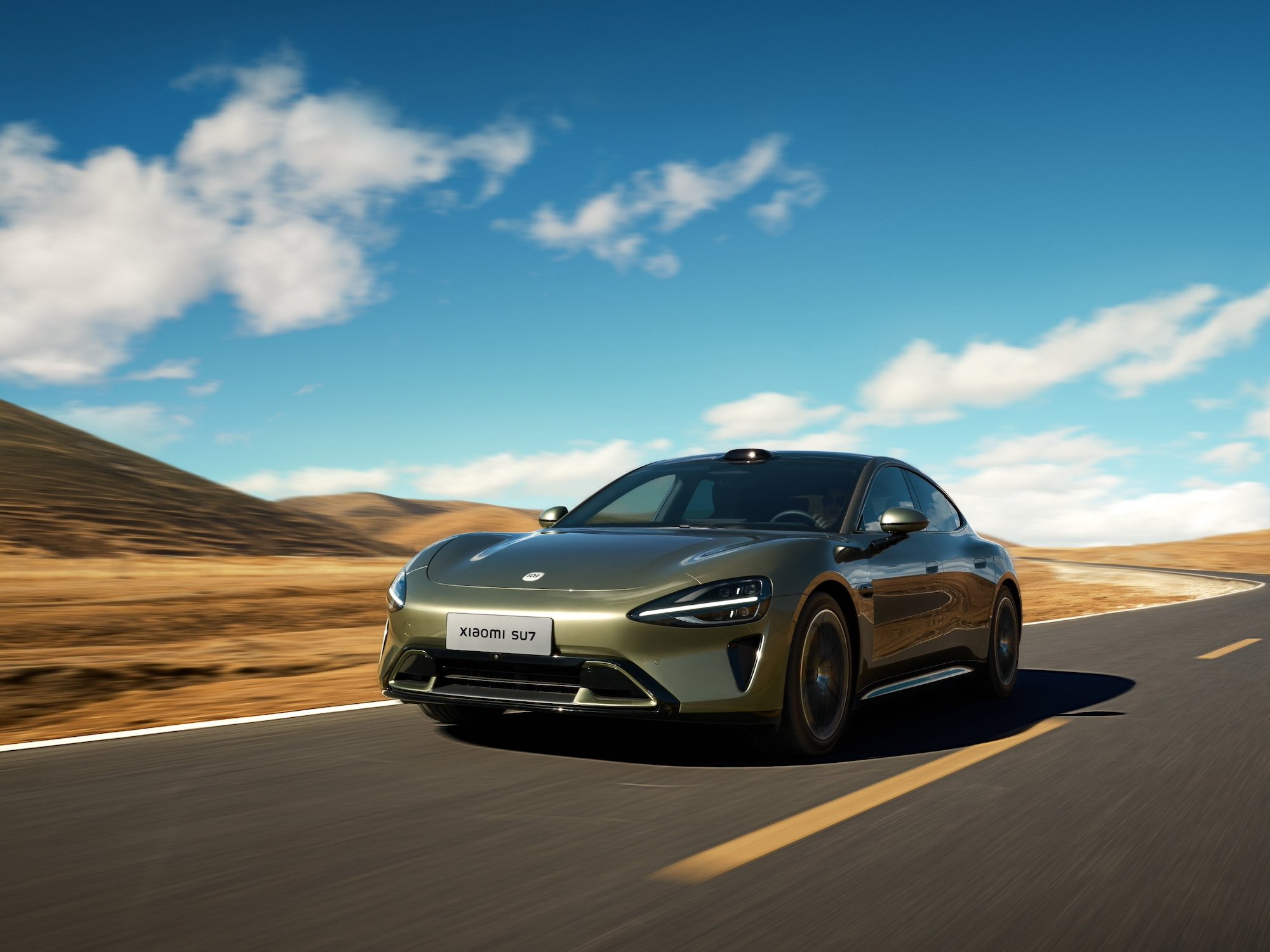Xiaomi boss Lei Jun drove the Xiaomi SU7 electric car for 1,276 km to test it in real conditions. Enough to give us an idea of its real autonomy, since the man specified that he had to stop twice to recharge.
Xiaomi's electric car, called SU7, is eagerly awaited. It must be said that its technical sheet is quite impressive, its design rather very successful, and the infotainment system worthy of a smartphone. We already know the theoretical autonomy of the Xiaomi SU7: between 668 and 800 km, depending on the size of the battery (73.6 or 101 kWh) based on the Chinese CTLC approval cycle.
In Europe, you have to rely on the WLTP cycle, which is more severe, because the speed is higher on our roads than in China. Thus, the theoretical autonomy of the Xiaomi SU7 in Europe should be between 600 and 730 km if it is one day sold on the Old Continent. But be careful, in all cases, this is the theoretical autonomy, which takes into account a very specific electrical consumption profile, supposed to represent mixed use of the car. That is to say a driver who would drive just as well in town as on country roads and on the motorway.
1,276 km aboard the electric Xiaomi
We know that WLTP or CLTC consumption is fairly representative of such use. But when a driver travels a long distance, particularly on a motorway, the consumption of an electric car is much higher. Which destroys autonomy. And precisely, the boss of Xiaomi announces on Weibothe Chinese social network, having traveled 1,276 km in one day (in 15 hours) with the SU7 electric car.

He specifies that the 15 hours include rest and recharge times. And the car had to be recharged twice over this distance. Not bad, since we imagine an average driving speed of around 100 km/h. The Chinese boss specifies that “ there weren't many cars on the road, and the speed was above 100 km/h most of the time » before adding that he was driving the all-wheel drive version and that he had the right to winter weather, to connect Beijin to Shanghai on January 5, 2024.
We know that winter is not kind to electric cars, reducing their range. All-wheel drive assumes that Lei Jun drove the version with the 673 hp engine and 838 Nm of torque, achieving 0 to 100 km/h in 2.78 seconds, with a top speed of 265 km. The famous Xiaomi SU7 Max and its large 101 kWh battery.
Real autonomy with one charge
Having to recharge the car twice over 1,276 km assumes a real range of around 500 km at high speed when the car is 100% charged initially. Then a range of around 350 km between each recharge, from 10 to 80%. This is the most optimal area of the battery for recharging as quickly as possible.

We do not yet know how long recharging takes, but Xiaomi announces 5 minutes to recover 220 km of autonomy, and 15 minutes for 510 km with an 800 volt architecture. Which allows us to imagine the exercise from 10 to 55% carried out in 15 minutes. This is average for the segment.
We will have to wait for the first tests to have more concrete figures, but this first glimpse is rather interesting for Xiaomi's electric car. For comparison, the Tesla Model 3 Propulsion announces 606 km of CLTC range with its 60 kWh battery compared to 713 km with the all-wheel drive version and the 80 kWh battery.

